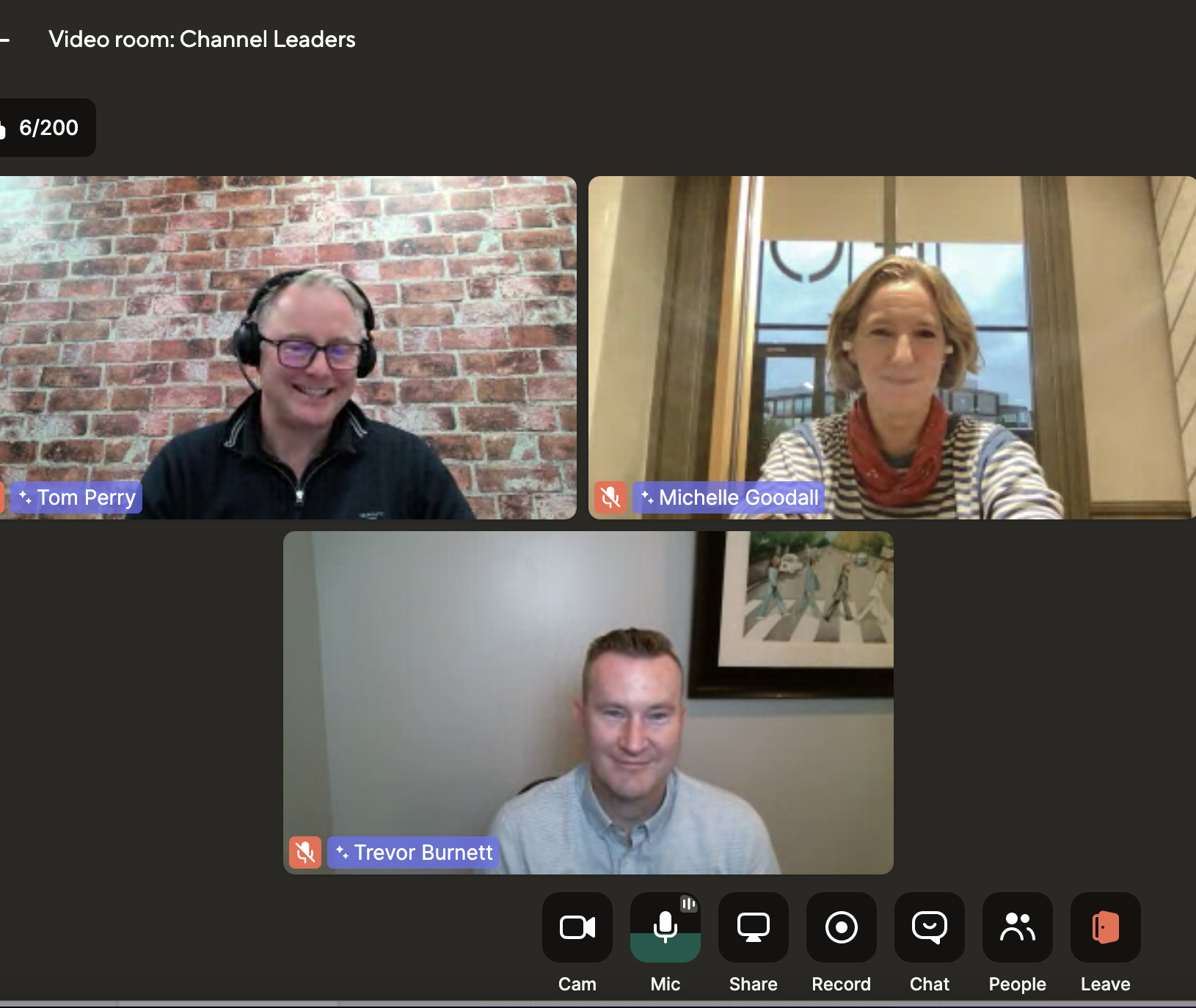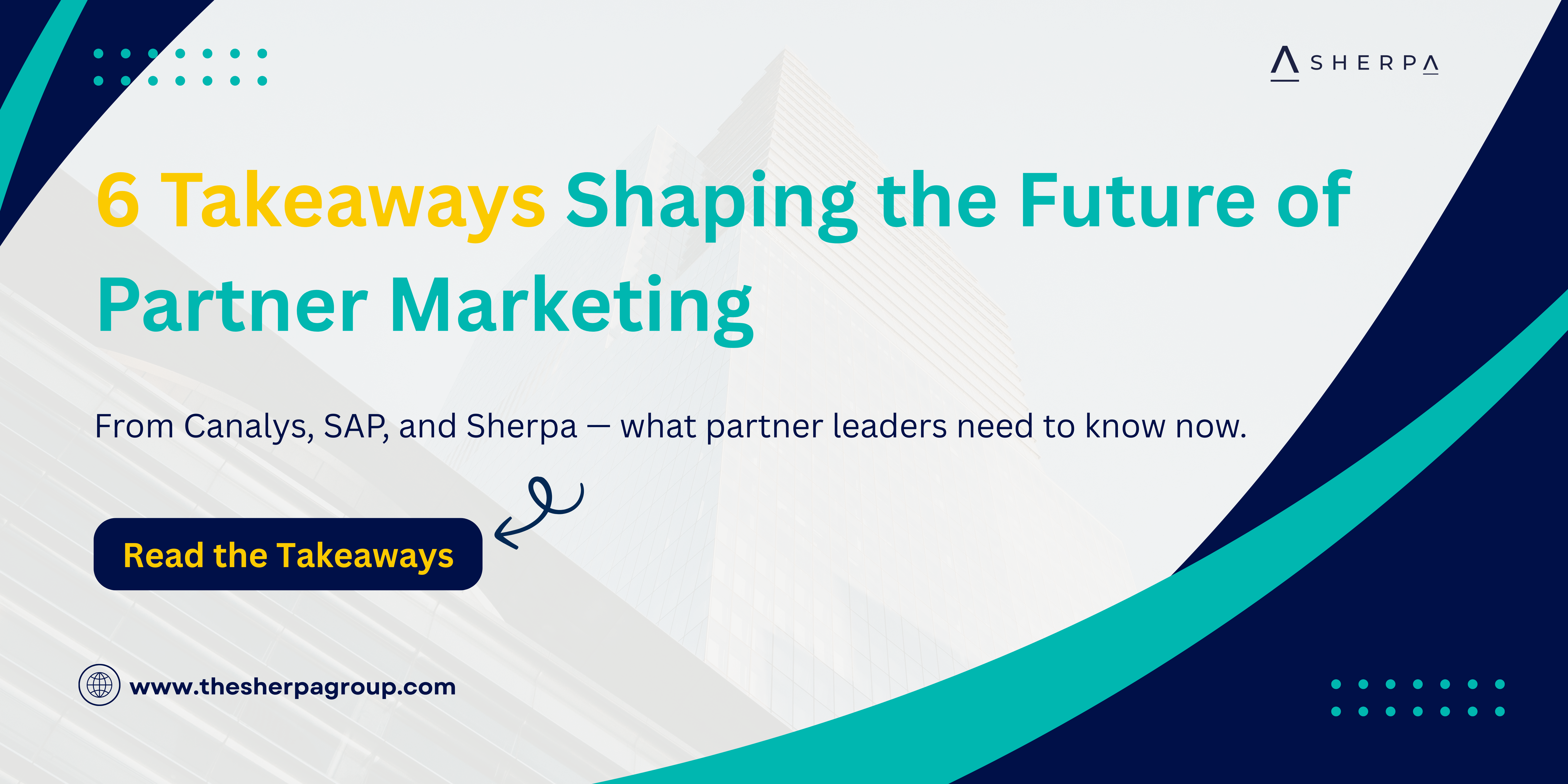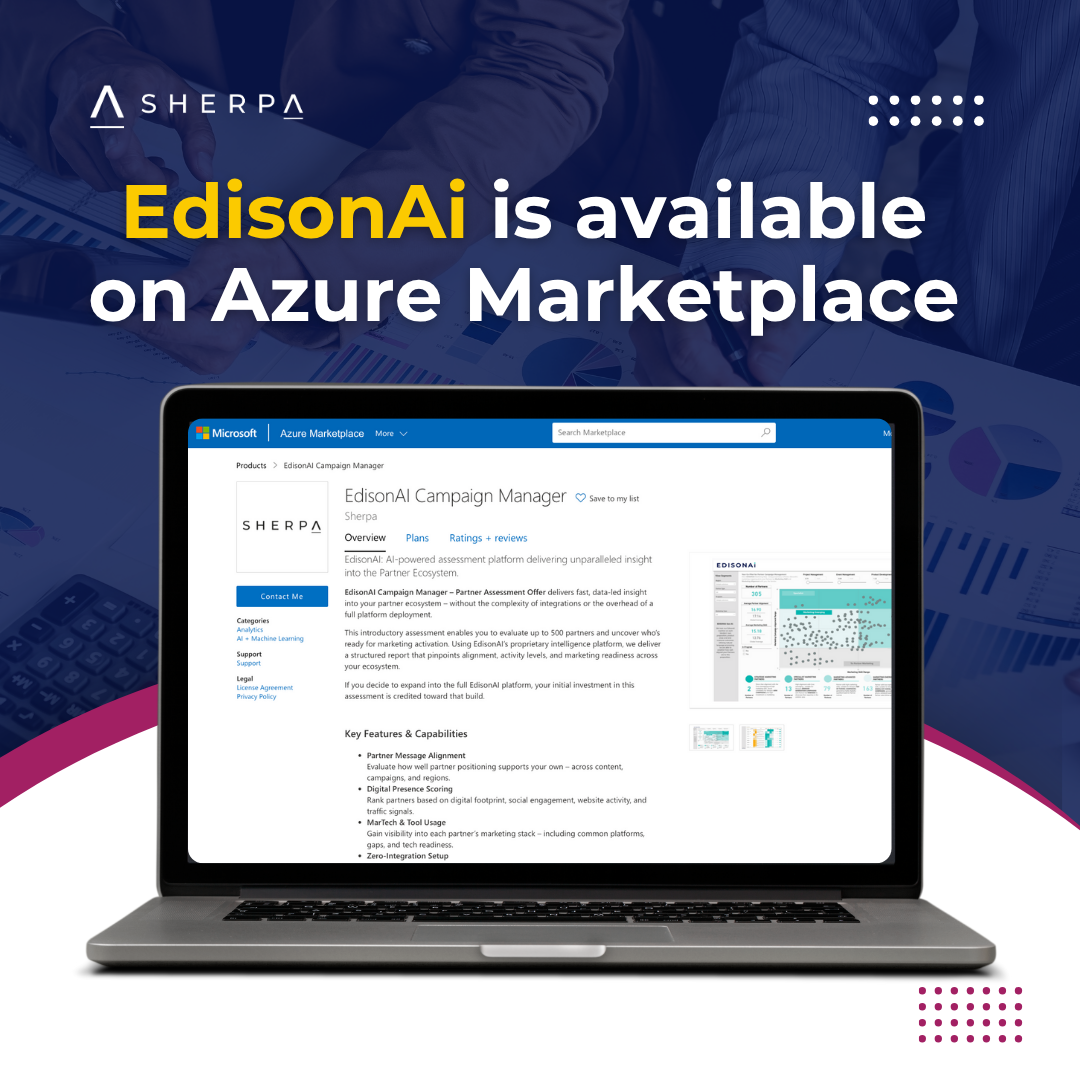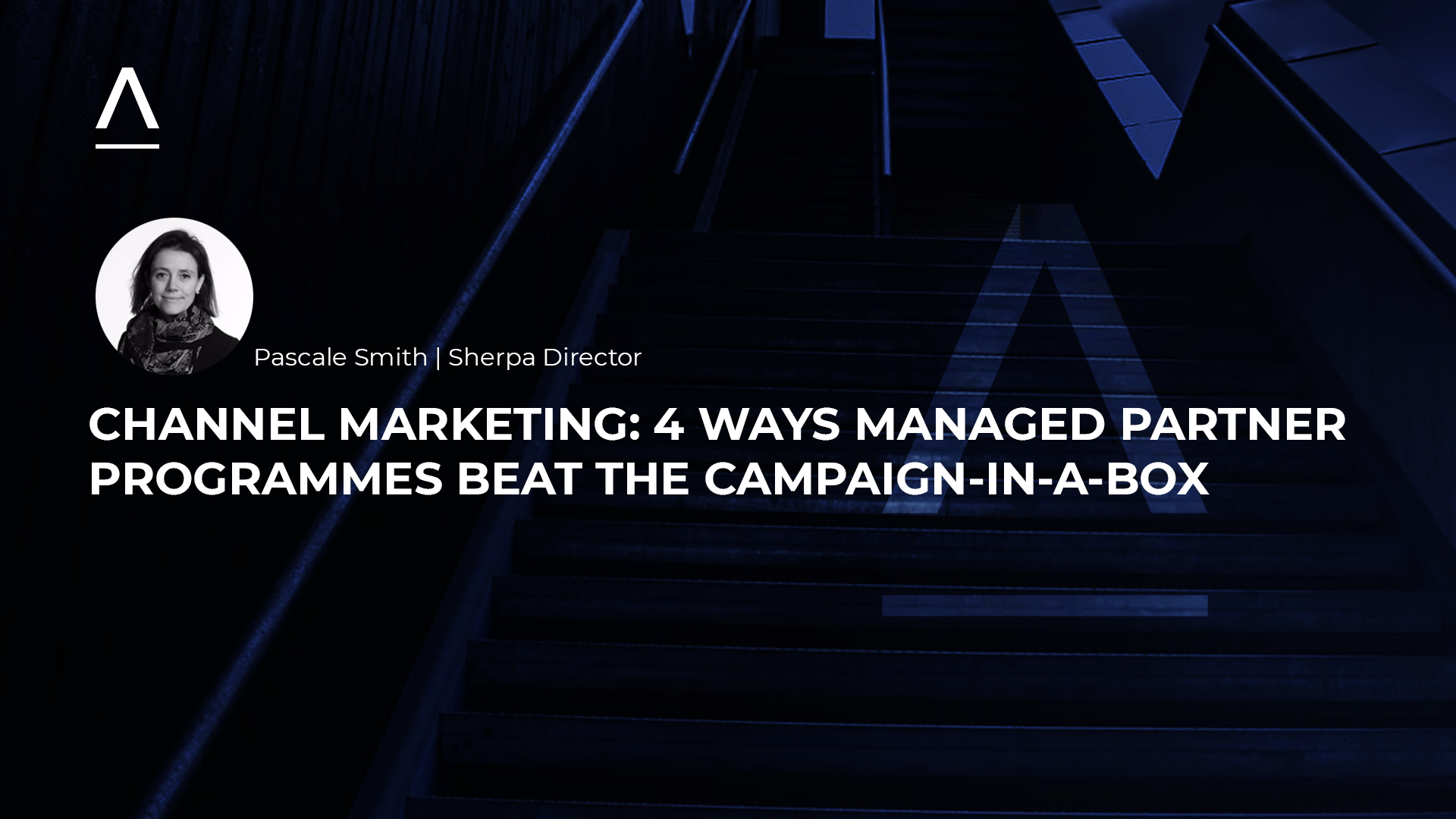The Future of Partner Marketing: 6 Takeaways from the webinar Webinar
Partner marketing is entering a new era.

This month we hosted our first ever webinar in our growing Channel Leaders group, discussing ‘The Importance of Community in Channel Ecosystems.’ Joining Sherpa CEO, Tom Perry was Guild CMO, Michelle Goodall and Trevor Burnett, Senior Director of Product Marketing at Impartner. We strived to explore how introducing community into channel activities can yield tremendous benefits in every facet of a technology’s go to market - in sales, marketing, customer success and even finance. Using technology allows community strategy to be at the centre of new go to markets and it's important to recognise that there is now said to be up to 7 partners involved in a single transaction, so the role of community cannot be understated.
Community - why now?
Michelle explains how community is certainly not a new phenomenon and emphasises it’s distinction from social media. The pandemic has accelerated the requirement for interconnectedness for not only businesses but for humans also. She goes further to say that community provides a novel outlet for us to connect with others with similar interests and share best practices, in a way social media cannot achieve.
Trevor shares that from conversations at the recent ImpartnerCon event, communities enable a more collaborative, not competitive environment; which a few years ago might have seemed strange - potentially counterproductive. The challenge comes in how you can scale your community using technology to reach a wider set of requirements in the ever growing partner ecosystem we are moving towards in 2023.
In the past, most technology was sold in a very linear fashion. Tom emphasises that today however it’s never blindingly obvious where the information about a certain product or service resides - hence community provides a solution to becoming a trusted source of information in the technology ecosystem world. The benefit of community is that there is no saying you can have a limit to the number of different types of partners in a community, bringing even more value to its members.
Community example - Impartner Nation
Trevor heads up Impartner Nation, which is Impartner’s very own community portal consisting of two camps; firstly, a group of channel consultants, experts and advisory boards and secondly a customer community consisting of all different verticals. These two perspectives drive the roadmap of what the technology should look like. This foresight from the community is so important as technology developments can be data-led and catering to new trends and demands.
👉 Read more about Impartner Nation here
How to start a community
Michelle has over two decades of experience in community best practices and explained the 2 schools of thought around starting a community
As long as you have a drive and commitment to build you community, there is no saying it cannot thrive. It takes time for the community to trust in the group, the brand, the platform and its objective and to arrive at a stage where people reach out and confide in peers, so patience is key. Tom explained that in Chanel Leaders he has seen that individuals are asking questions that they might not necessarily ask their own organisation or co-workers and this has taken upwards of two years to arrive at this point.
What is the future for the Community
Trevor discusses how you need a ‘differentiator’ as every vendor will be building their community, and there is competition for the mindshare of their partners, and influencers continue to reach a wider group of partners. Community gives an opportunity for both partners and vendors to scope out what is out there and take a wide-lens view of the landscape, bringing potential options together. He advocates moving away from a manual approach to community and relying on problems to come along for them to be fixed resulting in a poor partner experience.
Tom finalises the discussion by saying the partner ecosystem in community is an incredible refuge during tumultuous times, so having a vibrant and supportive community is arguably more important than ever.

Partner marketing is entering a new era.

Partner marketing isn’t just evolving, it’s accelerating. With buying committees now stretching to 20+ decision-makers, AI reshaping how we work, and...


The demands made of channel Partner marketing are significant: it needs to scale, demonstrate ROI, generate revenue (often within a quarter), reflect...
.png)
Welcome back to Sherpa’s PX Webinar series, where our channel specialists are joined by leading tech experts to share their insights into channel...

In Partnership marketing, two elements set the leading channel marketing agency’s apart; the ability to devise a compelling strategy and the capacity...